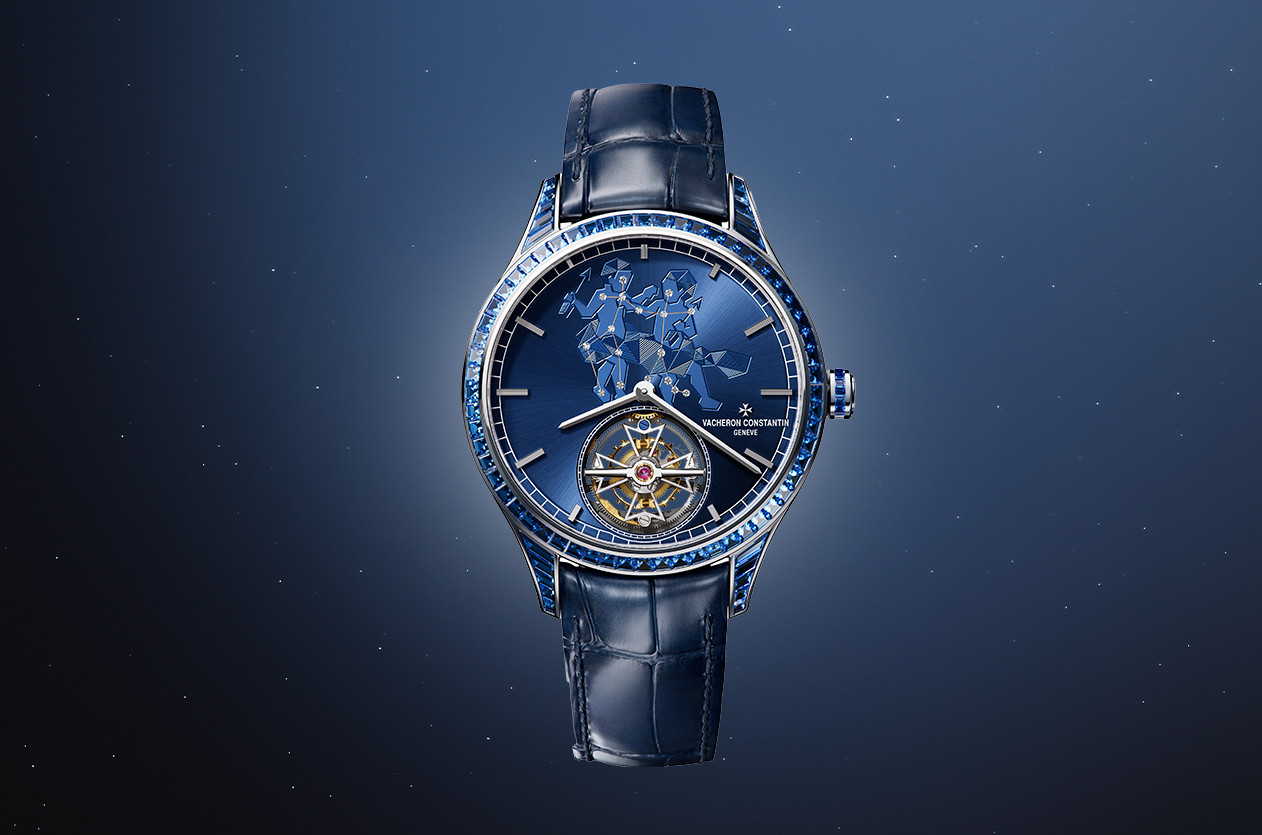
Introducing Vacheron Constantin Unveil Métiers d’Art Tribute to The Celestial Zodiac Collection
Welcome to the hub of the horoloy
Attention to the Finest Details, Turning This Engineering Marvel Into a Work of Art
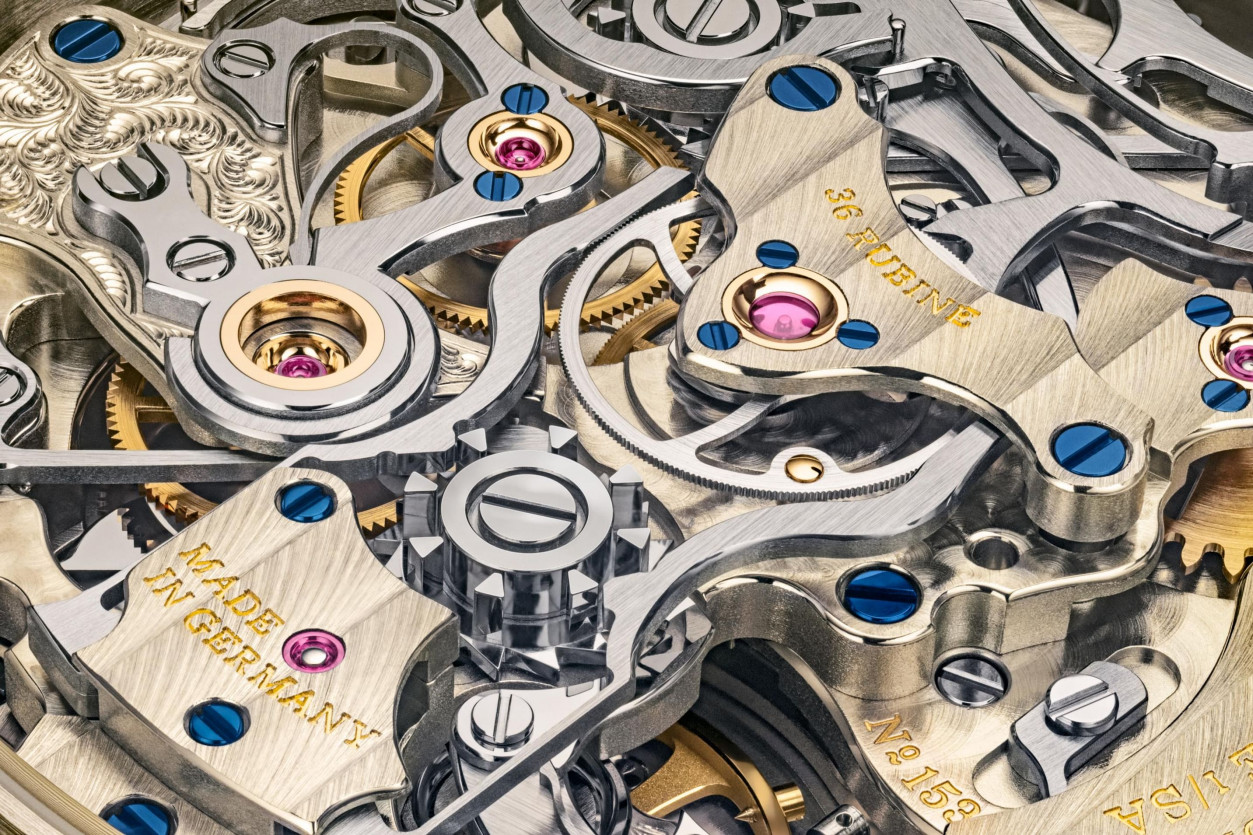
Finishing in haute horlogerie is the pinnacle of artistic decoration and precision, reflecting the dedication and expertise of master artisans. This meticulous work requires immense patience, knowledge, and skill, blending traditional craftsmanship with modern techniques. High-end watchmaking has always been deeply intertwined with such traditions, where finishing transforms functional components into masterpieces of both art and science.
When examining the movement components, finishing transcends mere decoration. It becomes a scientific craft, demanding an understanding of materials, their compositions, and the delicate interplay between precision and performance. In haute horlogerie, finishing is not merely aesthetic—it plays a critical role in ensuring the functionality and longevity of the watch.
 Finishing is integral to high-end watchmaking, visible in every part of the watch—from the case to the dial and even the bracelet. However, the most challenging application lies in the movement components. These tiny, sensitive parts require finishing techniques that not only enhance their appearance but also contribute to the precision of the movement.
Finishing is integral to high-end watchmaking, visible in every part of the watch—from the case to the dial and even the bracelet. However, the most challenging application lies in the movement components. These tiny, sensitive parts require finishing techniques that not only enhance their appearance but also contribute to the precision of the movement.
Surface roughness, for instance, directly impacts friction and the smooth transmission of energy between components. While we won’t delve into the material science behind this here, the Waqt team would be delighted to explore such topics in future articles for our readers interested in micro-mechanics.
For many luxury brands and independent watchmakers, movement finishing has become a canvas for artistic expression. Surfaces are transformed into tributes to tradition or experiments in innovation, showcasing the watchmaker's mastery.

The appearance of any material in watchmaking depends on its chemical structure, a fundamental principle that dictates the tools and techniques used for finishing. For example, polishing brass requires a different approach than polishing steel due to their varying hardness. This distinction extends to other techniques, such as anglage, which necessitate specialized tools for each material.
To simplify the complexities of movement finishing, the Waqt team has curated a list of some of the most renowned techniques. While this list is not exhaustive, it highlights the most iconic methods.
Black Polishing
 Credit Monochrome website
Credit Monochrome website
Also known as poli noir or mirror polishing, this technique produces a perfectly smooth surface on steel parts, reflecting light in such a way that the surface appears black from certain angles. Black polishing is often used on screws, bridges, and other movement components, showcasing the artisan's precision and skill.
Côtes de Genève
 Also referred to as Geneva waves or stripes, this finish consists of parallel, undulating lines that resemble rippling water. Typically applied to bridges and rotors, it reflects light beautifully, adding a sense of depth and elegance to the movement.
Also referred to as Geneva waves or stripes, this finish consists of parallel, undulating lines that resemble rippling water. Typically applied to bridges and rotors, it reflects light beautifully, adding a sense of depth and elegance to the movement.
Anglage
 Anglage, or chamfering, involves beveling the sharp edges of movement components at a 45-degree angle, followed by polishing to a mirror-like finish. This technique not only enhances aesthetics but also reduces the risk of sharp edges causing damage during assembly.
Anglage, or chamfering, involves beveling the sharp edges of movement components at a 45-degree angle, followed by polishing to a mirror-like finish. This technique not only enhances aesthetics but also reduces the risk of sharp edges causing damage during assembly.
Perlage
 Perlage, or circular graining, covers surfaces with a pattern of overlapping small circles, achieved using a rotating peg. This finish is often applied to hidden surfaces, such as the back of the mainplate, emphasizing the dedication to detail even in unseen areas.
Perlage, or circular graining, covers surfaces with a pattern of overlapping small circles, achieved using a rotating peg. This finish is often applied to hidden surfaces, such as the back of the mainplate, emphasizing the dedication to detail even in unseen areas.
Snailing

Credit horlogerie-suisse website
Snailing creates spiral or concentric circular patterns on metal surfaces, often used to decorate barrels, gears, and subdials. This technique adds visual depth and texture, enhancing the overall appeal of the watch.
Engraving
 Engraving involves carving intricate designs, motifs, or text into the surface of a watch or its components. While CNC machines and lasers are used for mass production, hand-engraving remains a hallmark of luxury watchmaking, showcasing the engraver's artistry.
Engraving involves carving intricate designs, motifs, or text into the surface of a watch or its components. While CNC machines and lasers are used for mass production, hand-engraving remains a hallmark of luxury watchmaking, showcasing the engraver's artistry.
Frosting

Frosting creates a matte, granular texture on metal surfaces, reminiscent of frosted glass. This finish provides a sophisticated contrast to polished or brushed elements, often seen on movement bridges and dials.
Fine watchmaking captivates with its ingenuity, decoration, and functionality. Yet, for many aficionados, the finishing of a movement, visible through a transparent case back, is the ultimate expression of luxury. Whether through the brilliance of black polishing, the elegance of Geneva waves, or the intricacy of hand-engraving, finishing embodies the heart and soul of haute horlogerie.
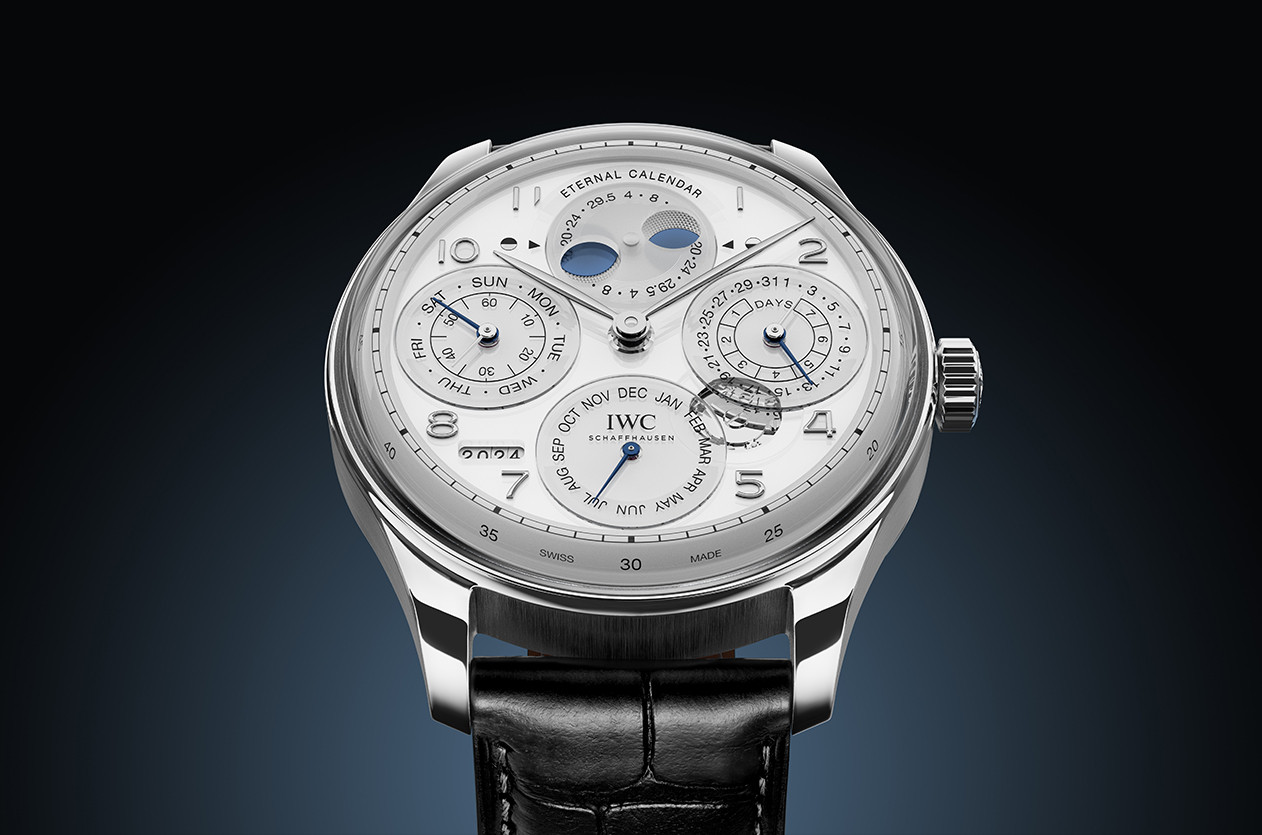
Introducing IWC Releases Its First Secular Perpetual Calendar, The Portugieser Eternal Calendar

Introducing Tudor Unveils the Pelagos FXD Chrono “Pink”
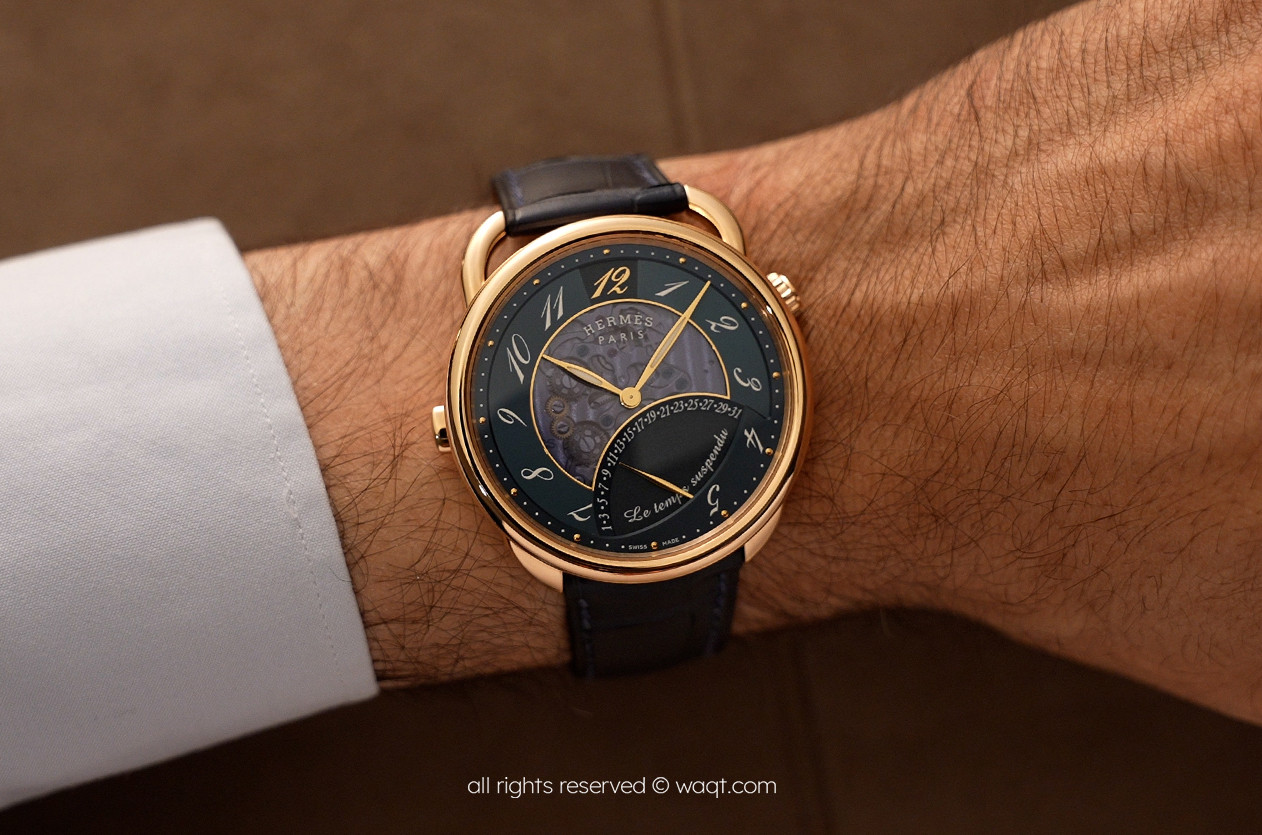
First Look Hermès Revives the Arceau Le Temps Suspendu Edition
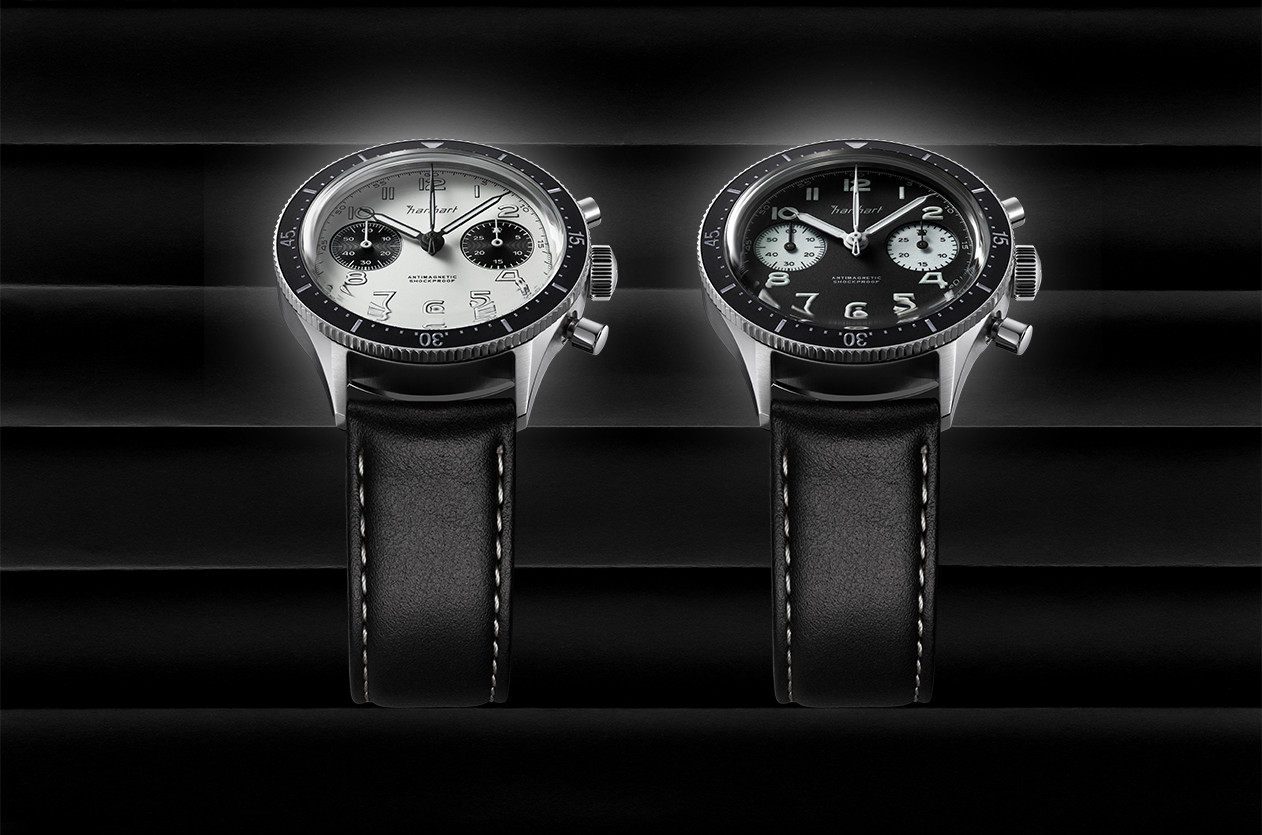
Introducing Hanhart Expands Its 417 ES Collection with Panda and Reverse Panda Editions
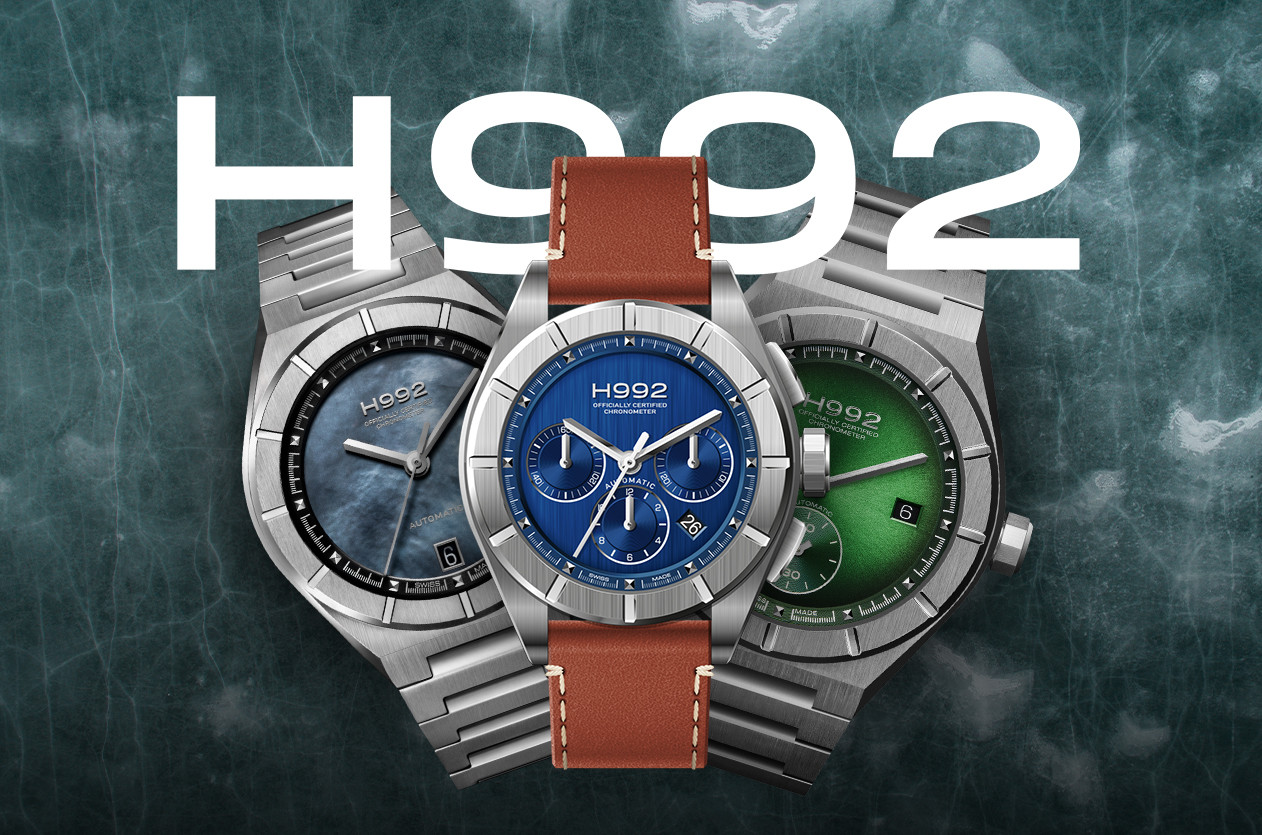
Introducing H992: A New Independent Brand Rising in Swiss Watchmaking

Editorial U.S. Tariffs and the Dollar Rate, A New Challenge for the Swiss Watch Industry

News Dubai Watch Week 2025 Will Be the Largest Ever with 90 Brands Participating
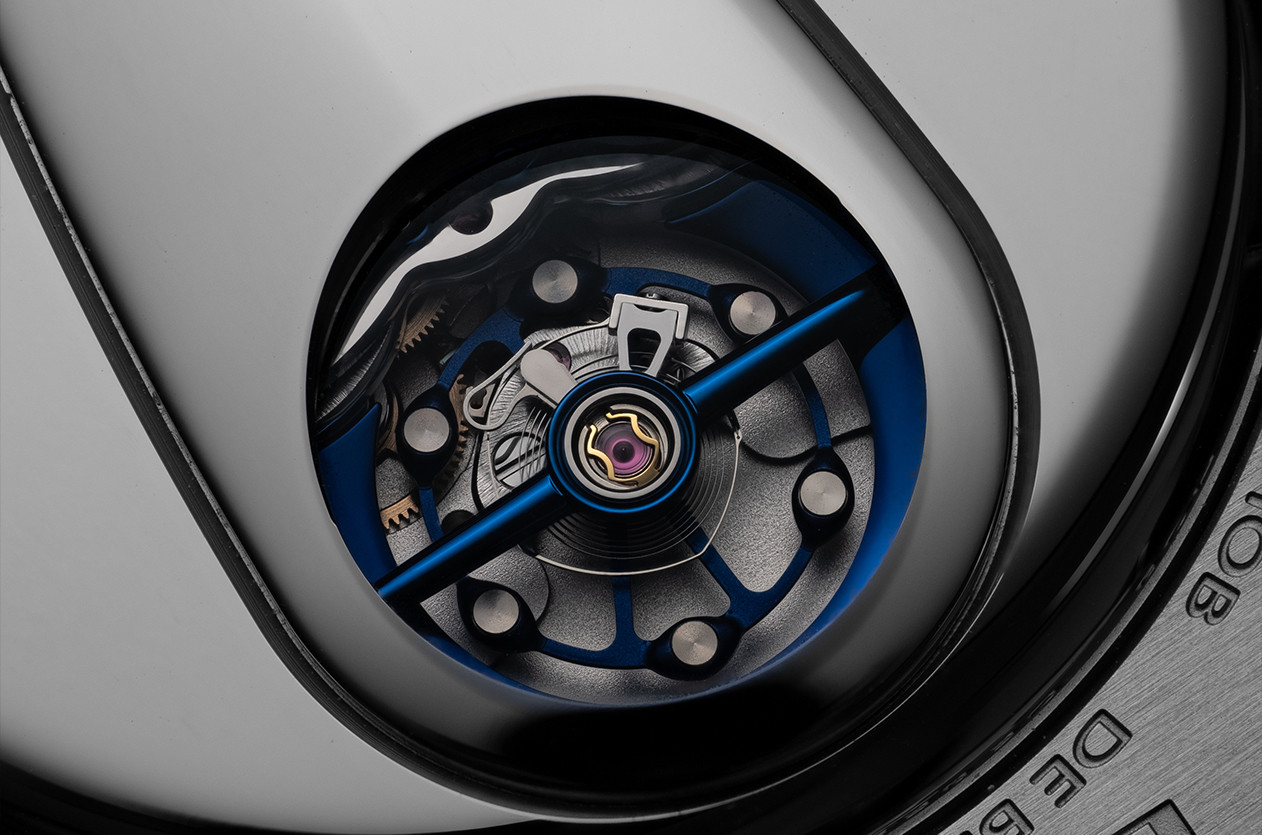
Technical The Frequency, Why It Matters in Mechanical Watches
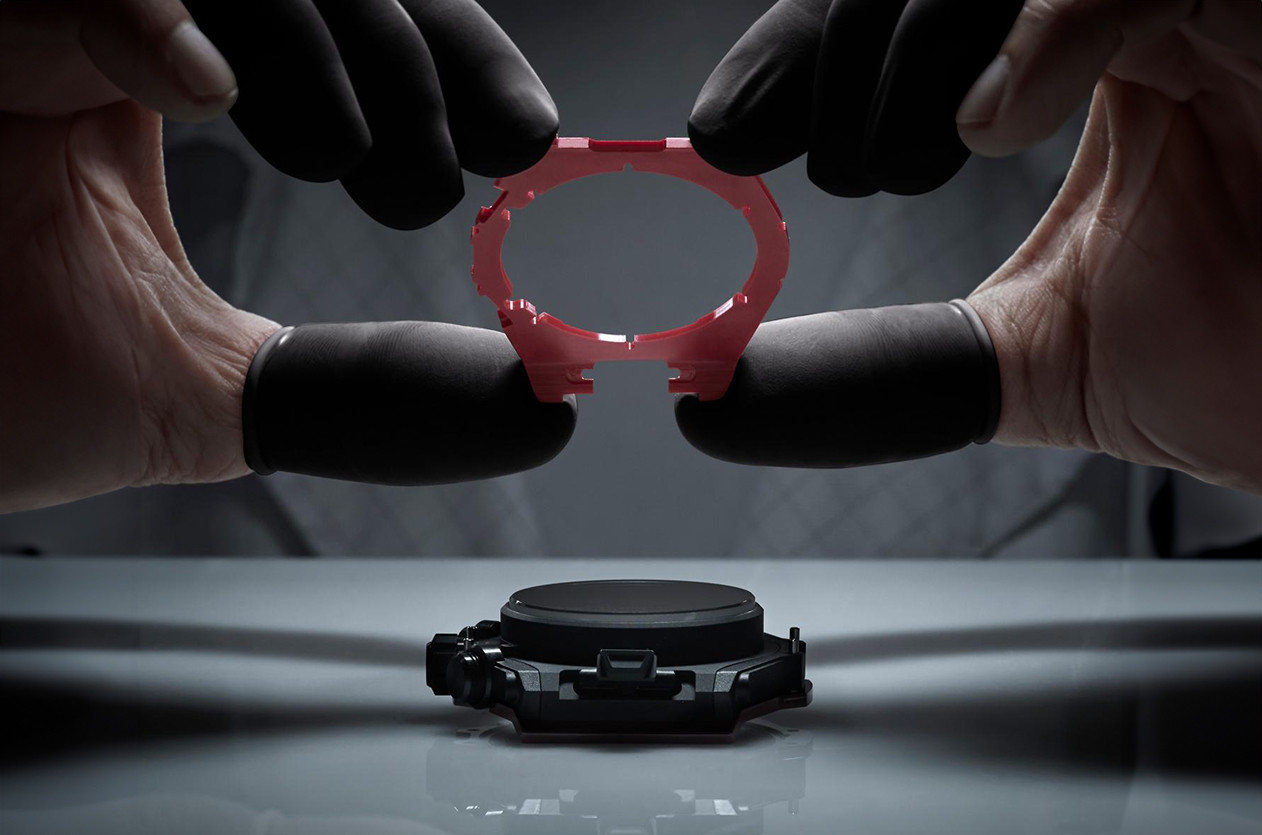
Editorial The Secrets of Watch Case Design

Editorial Abraham-Louis Breguet, The Father of Modern Horology

Introducing Abu Dhabi Hosts the Launch of Greubel Forsey's 20th Anniversary Nano Foudroyante
Comment Delete Text
This page is available in English only. Please click below to visit Arabic Home page!